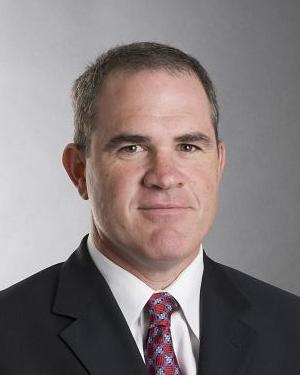 Ambulatory surgery centers may be classified as applicable large employers based on their ownership structures, and the upcoming requirements for offering health insurance coverage to full time employees will impact many ASCs regardless.
Ambulatory surgery centers may be classified as applicable large employers based on their ownership structures, and the upcoming requirements for offering health insurance coverage to full time employees will impact many ASCs regardless. Here are things for ASC owners and operators to know about the upcoming changes and how to prepare for the future.
1. How the 50 employees are added up — they include FTEs. Under the current implementation timeline for healthcare reform, companies with 50 or more full time or full time equivalent employees are required to offer health benefits by Jan. 1, 2015 or pay a penalty.
To determine whether your ASC is at this threshold, you count the employees that average 30 hours per week as full-time (FT) employees and then count all of the hours of all other employees during a month and divide that total by 120 hours, which is then the number of full-time equivalent (FTE) employees.
"Among ASCs, our experience is that if you have 35 to 40 employees who work 30 hours per week, and you rely heavily on part time and per diem staff, you might need to start tracking employee hours," says Tom Jacobs, CEO and co-founder of MedHQ. "You have to figure out whether you need to offer coverage to those variable hourly rate employees that are on the margin between working on the full time schedule and not full time schedule."
For insurance, for coverage purposes, a "full-time employee" is classified as someone who works 30 hours or more per week regularly.
2. Employee volume calculated based on the previous year. The government will measure average employee head count at the surgery center based on the previous 12 months to decide whether the center is classified as a "large employer." Even though the implementation date was pushed back to Jan. 1, 2015, the government will base their assessment on average employee volume in 2014.
"They will look back at the number of employees each month for 2014 and divide it by 12," says Mr. Jacobs. "The management team should be aware of where they are throughout the year so they are prepared for how they will be classified in 2015."
Mr. Jacobs recommends updating to an automated system to track employee hours. "Having a good payroll system is critical because you don't want to manually track this data," says Mr. Jacobs. "Getting good advice from attorneys, tax accountants or other advisers will also be critical."
3. Ownership structure may change employee volume. The ASC ownership structure has an impact on how the government will tally employees. "Control Group analyses, similar to those currently performed for purposes of eligibility for pension/401k plans, must be performed for ASCs with less than 50 FT and FTE employees. There is one critical difference, however," says Mr. Jacobs. "This analysis might need to be performed every month for groups that hover close to the 50 FT/FTE mark. ASCs with solely physician investors might need to add staff directly employed by the center to the total employed by a physician practice, if that practice (or owners of the practice) are 80 percent owners of the ASC; ASCs with corporate or hospital owners may also need to include those employees, making the ASC a part of an applicable large employer. The ASC will not be required to be on the other entities' health plans; but it must nevertheless offer a qualified health plan to avoid additional taxation (penalties)."
This could have an impact on several ambulatory surgery centers.
"It could be likely that a physician group that owns 80 percent of the ASC with 30 employees is well below the 50 employee mark, but since the surgery center is owned by another group as well, the two combined my exceed the large employer limit," says Mr. Jacobs. "You have to have a thorough analysis of what the group looks like and apply the control group analysis rules to know whether any of the combinations will make the ASC an applicable large employer."
4. Decide whether to offer insurance. According to the most current results from the ASCA survey, the vast majority of surgery centers offer health insurance coverage. However, this might change with healthcare reform.
"If you are an ALE and don't offer a health plan, the fine is $2,000 multiplied by the number of full time and full time equivalent employees," says Mr. Jacobs. "Some businesses will offer health insurance without paying for any of it. That's a smaller fine — $3,000 multiplied by the employees who receive a premium insurance tax credit through an exchange. You might be looking at a smaller number of people who actually go get premium tax insurance credit. At least you offer the coverage even if you aren't paying."
It remains to be seen if commercial carriers will offer plans to employers without the traditional requirement of 70 percent eligible participation or if employers who don't subsidize any of the cost are otherwise able to achieve this level of participation.
More Articles on Surgery Centers:
Business Growth: What ASC Resyndication Can Do for Physician Owners
Defeat Time & Materials Waste in Surgery Centers: Q&A With Elizabeth Toony
5 ASC Coding & Billing Changes to Anticipate in 2014

